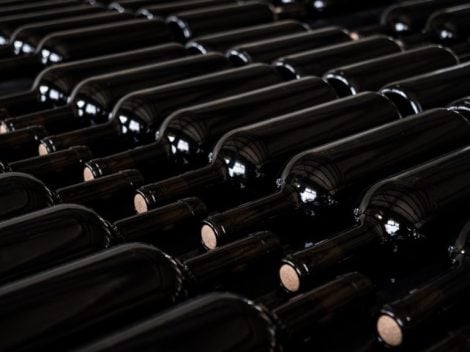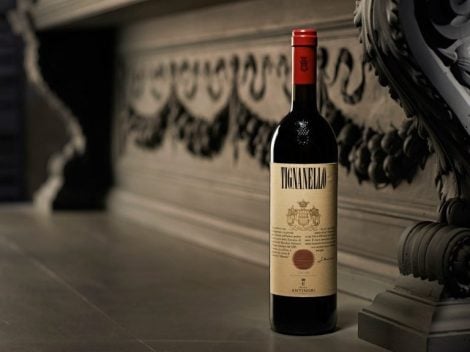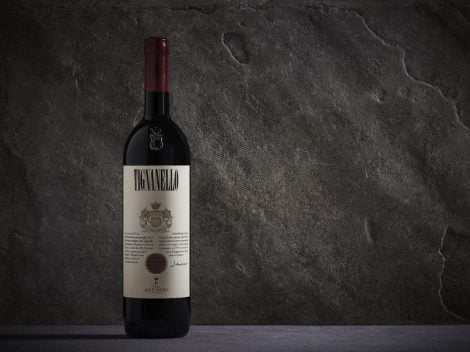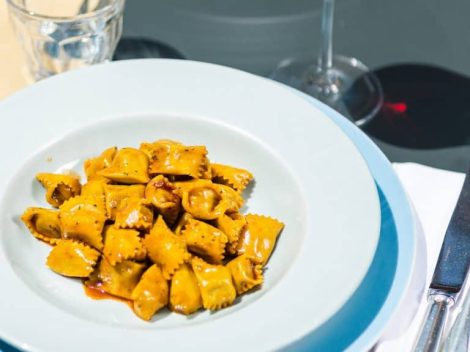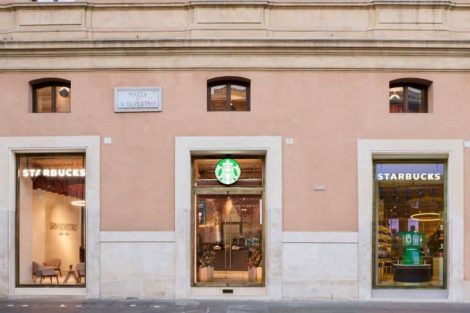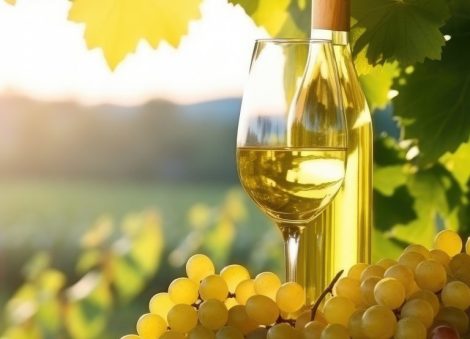What do Grillo and Vitangelo Moscarda, the protagonist of Luigi Pirandello's novel "One, Nobody and One Hundred Thousand", have in common? They are both Sicilians and both were born a few decades apart, the former in 1874 and the latter in the early 1900s, even if the publication date of the book dates back to 1926. However, belonging to the same land and historical era is not enough. What unites them is, instead, personality (actually, the multiple personalities), and an intimate essence. In his latest novel, Pirandello brings to completion a reflection on the struggle of the individual and the progressive disintegration of ego. Vitangelo Moscarda discovers the fragility of his identity, cancelled out by a kaleidoscope of “one hundred thousand” images reflected by an ever changing reality, until he becomes “nobody.” Well, even the Grillo grape was born with a well-defined identity.
The birth of a new grape variety
Baron Antonio Mendola crosses Catarratto and Moscato d'Alessandria to create a grape suitable for producing a richer and more aromatic Marsala. The result? Excellent: Grillo soon demonstrated that it possessed a leading attitude in the field of fortified wines. But its identity gradually crumbled following the sad fate of Marsala, which after World War II was destroyed by the presence on the market of many low quality labels that made it unrecognisable and thus fall into oblivion. If the fate of Vitangelo Moscarda is irremediably sealed, all is not lost for the grillo grape. In the nineties, a great producer, Marco De Bartoli gave the vine new life, with the Grappoli del Grillo label. Outside the historical world of Marsala, Grillo wine comes, if not in "one hundred thousand", however in many versions.
However, this elusive and confusing multiplicity is part of a natural process of change and evolution. After all, it is a young variety, which is still going through a phase of research and experimentation. It is with this spirit of curiosity that we approached the grape investigation, to better understand its different souls and facets. The Grillo, which derives from those grapes, loves contrasts: it is a dynamic, versatile wine, constantly looking for an unstable balance. Its charm lies precisely in the unresolved expressive tension between its elements, between acidity and rich sweetness of the fruit. It is a flexible grape which lends itself to being shaped by the climate, the soils, the management of the vineyard and cellar practices. Perhaps it is precisely these characteristics, complex and somewhat elusive, that form the basis of its growing success, to the point of making it the most interesting white on the current Sicilian wine scene.
Touring producers to discover Grillo
In order to better understand the characteristics of the grape, we asked producers and oenologists to tell us about their experiences in the vineyard and in the cellar. Although grillo is grown almost all over the island, we have chosen to circumscribe the perimeter to the historic area of western Sicily. To better focus on the different interpretations and facets, we concentrated on some particular areas: the western coast of Sicily, where grillo grows near the sea; the salt pans, with vineyards in the lagoon habitat of the Riserva Naturale Orientata Isole dello Stagnone natural reserve; the hills inland and finally the area around Agrigento. We have chosen wineries linked by a deep relationship with the territory and which offer very different versions.
Sicily's western coast
Stretching out into the windy sea of the Egadi Islands like the white prow of a ship, Marsala has always been linked to the history of the grillo grape, born precisely to improve its famous wine. The rows, shaken by the brackish gusts of the sirocco or the mistral winds, rise from the blue of the sea towards the hinterland, sinking their roots in marine sands and arid soils rich in limestone. Let's start our journey to discover grillo with Sebastiano de Bartoli, owner of a historic cellar in Marsala, who played a fundamental role in the enhancement of the grape variety. In 1990, Marco de Bartoli, who already used pure grillo for Vecchio Samperi and for all Marsala wines, began producing a white table wine. Thus was born the Grappoli del Grillo wine. But from which vineyards? «Our rows grow on calcareous-sandy soils, with alberello marsalese or Guyot systems, according to the principles of organic farming: low yields and exclusively manual work - explains Sebastiano, son of Marco, who died in 2011 - The harvests take place with rigorous selection of the best bunches, an indispensable prerequisite for making wine naturally and with only indigenous yeasts».
All this, terroir and production philosophy, leads to a grape that gives the wine particular characteristics: «In this area, Grillo has a high acidity and typically mineral notes: two characteristics that are always present, together with good body and a quite high alcohol content. We have always produced territorial wines, in full respect of the grape and the place. As my father Marco always maintained, believing in the grape variety in unsuspecting times, grillo is the most suitable variety for the production of Marsala, but it is also very flexible and versatile. In addition to the historic Grappoli del Grillo label, in 2006 we started producing Integer Grillo, a macerated white with vinification and aging in wooden barrels (only 10%) and 330-liter terracotta amphorae; and in 2008 the Terza Via Classic Method. A search for new expressions of the grape, but always faithful to the territory.» Grappoli del Grillo 2018 is the historic label of the winery: it is a complex, savoury and elegant white, with aromas of fragrant fruit, tropical nuances, citrus peel, floral notes and aromatic herbs. The Integer Grillo 2018 is a wine with a rich and multifaceted aromatic spectrum, with ripe notes of yellow fruit, candied citron peel, medicinal herbs, spicy hints, iodized and flinty memories.
Beyond the mainstream whites trend
Also in Marsala, in Contrada Bausa, there is the cellar of Nino Barraco. As a true wine craftsman, he has always attached great importance to the relationship with the land. His philosophy is inspired by oxidative style vinification, which made Marsala famous in the world. His wines are born from spontaneous fermentation with indigenous yeasts and are the result of a profound interaction between grape variety, place and tradition. Light years away from the thiol versions made in reduction, which wink at sauvignon blanc, Nino Barraco's wines shun fashions and mainstream tastes, but are capable of giving the thrill of savouring the authentic spirit of the distant past. «We have various vineyards, some younger and some older, with vines of both biotype A and B (see sidebar). The characteristics of the territory are varied and yield different grapes. For this reason I have chosen to create a label for each parcel.
Vignammare is produced in the Petrosino area, on red soils rich in limestone; the vineyards of the Altograde are on the same type of soil, but in Mazara del Vallo; the Grillo label was born on the sand dunes of Castelvetrano and the Altomare is the only wine made with a selection of grapes from all the vineyards.» The many identities of the same wine return, each one able to express an idea, a winemaking philosophy. «I believe all wines, including Grillo, should be the product of the history and culture of a territory - explains Barraco - Producing in Marsala means having the tradition of fortified and oxidative wines as a cultural reference. Marsala remains a model and a source of inspiration also for the production of table wines: I believe that roots are important for the identity of a territory and to illustrate its authentic face. For this reason I like to produce labels capable of maintaining a link with the past and creating vertical, savoury, austere versions of Grillo, but which retain a distant echo of the great Marsala.»
The Grillo 2019 is a macerated version that expresses aromas of citrus peel, ripe yellow fruit, almond, iodized memories and a fresh and savoury trail. The Altomare is in small part vinified in whole bunches and aged in large barrels of 25 hectoliters. It is a Grillo that recalls bitter orange peel, bergamot, medlar, apricot, dried fruit and spices. The finish is marine and brackish, with pleasant tannic roughness. The Altogrado is instead a pre-British grillo: aged in chestnut barrels filled for the first two years and then left overflowing with the development of the flora. It seduces with aromas of walnut husk, toasted dried fruit, almond, chestnut honey and spices.
by Alessio Turazza

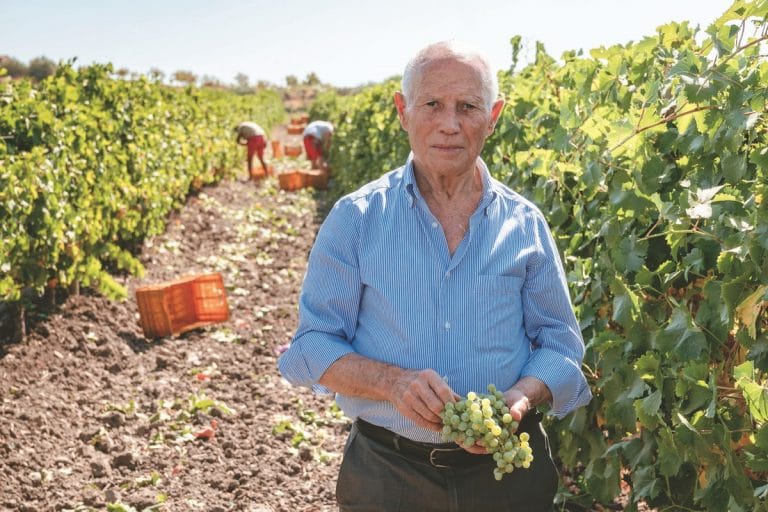
 It’s official: China joins the International Organisation of Vine and Wine
It’s official: China joins the International Organisation of Vine and Wine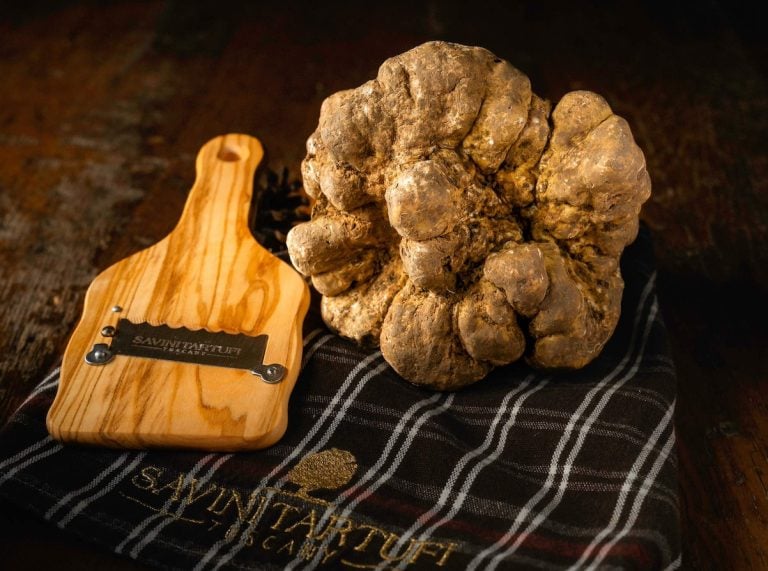 How and where to buy white truffle from Alba at a fair price: tips from an expert
How and where to buy white truffle from Alba at a fair price: tips from an expert The Italian wines with the best value for money: here are the National awards from Berebene 2025 guide
The Italian wines with the best value for money: here are the National awards from Berebene 2025 guide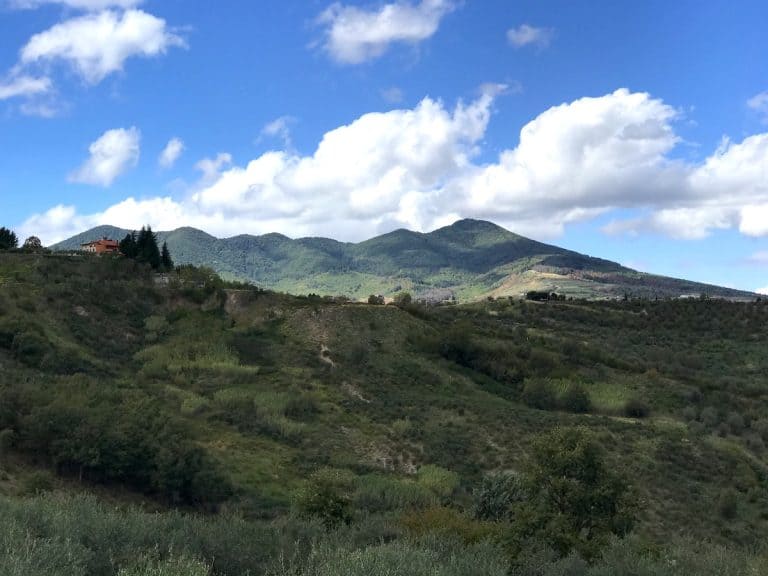 Where to eat in Venosa, the home of Aglianico del Vulture
Where to eat in Venosa, the home of Aglianico del Vulture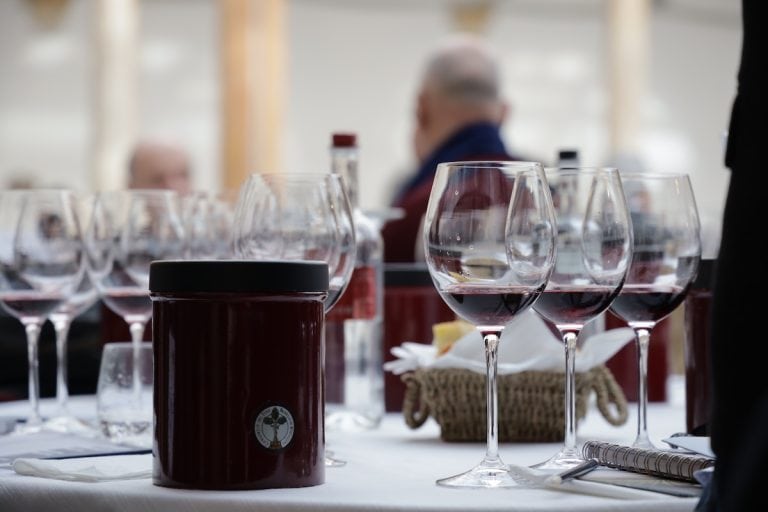 Brunello vs all: the Tuscan DOCG secures leadership in the luxury market in the US
Brunello vs all: the Tuscan DOCG secures leadership in the luxury market in the US